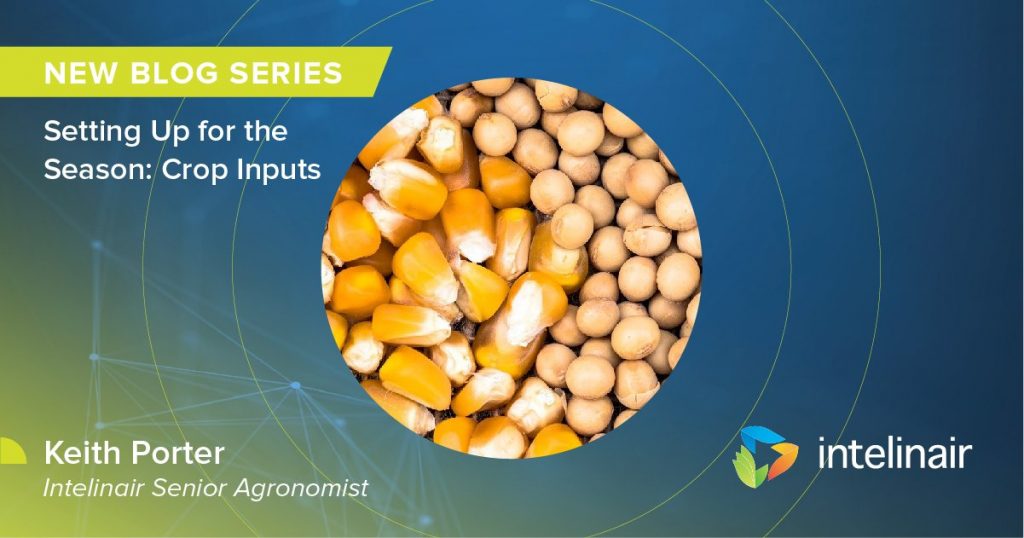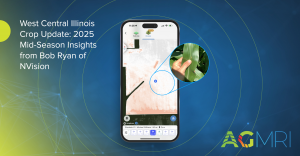This is the first of a three-part series reviewing varied factors of crop production – including inputs, weather, and the predicted market direction – that may influence 2023 season outcomes culminating with the crop harvest.
Crop Inputs
According to various surveys conducted after the 2022 harvest through early this year, most inputs utilized for crop production were expected to show some level of increase in 2023. Of course the key question is, “How high might they go, and what might be done to reduce costs without sacrificing yield potential?”
While much of the focus has been on higher fertilizer costs, particularly for corn, other input costs, such as seed, crop protection products, diesel fuel, and labor costs, are all expected to be higher –the degree to which is oftentimes localized.
Against this background of input cost increases, published information on crop budgets from both the University of Illinois and Purdue University, show tighter margins, and the need to carefully consider crop inputs and cropping decisions. While 2023 can be a profitable season with planning and the proactive marketing of the crop, risks do exist. Historically, early in the season can be the best time to market the crop as prices tend to average downward as the harvest approaches.
None of the potential impacts to crop input costs or the risks to farm profitability are surprising given the continued disruptions to supply chains, general and ag sector economic concerns, continued global geopolitical challenges, and other factors that can disrupt crop production, including the weather.
Advance Planning and Expectations
This year, advance planning and purchases of anticipated inputs will be key. And as always, having a plan, and having a backup plan, can ease the stress of the season and allow for informed decision making. Here are a few key decisions for advance planning:
-
With the expected tighter margins, the first decision for this season is selecting and positioning the best hybrid or variety with the best yield potential for your acres.
-
The next key decision is to be certain that the crop has the appropriate nutrients to produce the maximum value from each hybrid or variety. Appropriate soil testing and understanding nutrient availability versus crop needs are critical decisions in making the correct nutrient applications.
-
Once the seed and fertilizer decisions have been made, the next critical step is being timely in planting, based on soil temps and appropriate soil moisture.
-
Timely monitoring the crop and applying needed crop protection products at the correct growth stage based on needs is a way to continue to maximize the yield potential of the crop.
How AGMRI Can Help
Once the 2023 crop season begins, AGMRI can provide a bird’s eye view of the field while using analytics to help point out areas of potential concern. AGMRI features, like the advanced scouting management tool, are helpful in capturing field insights and data to provide a season-long crop status at key periods assuring that valuable crop inputs are being effectively utilized in producing the crop in an efficient manner. AGMRI provides the ability to build a seasonal analysis that can help farmers and their trusted advisors review and make timely in-season decisions to meet goals and objectives for individual fields and farms.
For additional information on how AGMRI can allow you to more effectively understand your crop’s status and make timely in-season decisions, contact us.















